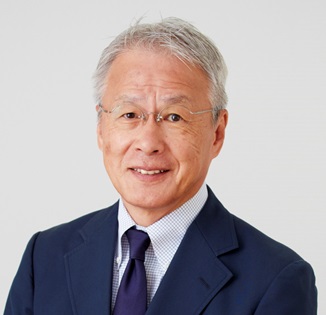
by Noriyuki Morimoto
Managed futures is a type of investment product which makes the most of futures markets of commodities as well as financial assets including interest rates, currencies, and stock indices. But the product does not invest in the futures themselves but does invest in a trading method based on a certain regularity that exists in the price fluctuations of futures. The profit generated by the regular application of this method is the target of investment.
The question here is why a certain regularity arises in the price fluctuation of futures. Unless there is some scientific explanation for this phenomenon, managed futures cannot become the target of investment. The answer: collision of hedging and speculation.
The futures market primarily exists as a means of hedging for commodity producers and financial institutions. However, in order for the futures market to have a hedging function, the sell and buy transactions for hedging purposes have to be balanced with opposite buy and sell transactions. Suppose you want to hedge your selling. If there are only selling positions, the price will collapse, and it will be impossible to hedge your selling.
In actual times when commodity prices were in slump, the hedging demand among producers soared, increasing the selling pressure in futures markets, which led to a further decline in prices. There was this negative spiral where the producers ended up hurting themselves.
The only way to solve this dilemma is to attract speculative funds with different expectations from commodity producers into the futures market. Therefore, the futures market consists of half speculation, and half hedging for industry and financial purposes. When speculation and hedging collide heads-on, it is empirically known that there is a certain cycle in the relative superiority between the two. This creates a certain regularity in price fluctuations.
Discovering regularity depends on the ability of the manager of managed futures. It will also require a certain extent of sensibility supported by extended experience. In addition, the most advanced statistical processing technology is being used today as well.
Now, when the inflow of speculative funds increases, the weight of hedges decreases, whether it’s for buy or sell. Perhaps, what’s actually happening in the futures market is a collision of speculation and speculation. I wonder if this collision results in a certain regularity in price fluctuations, as with the collision between hedging and speculation.
[Category/Art Investment]

Chief Executive Officer, HC Asset Management Co.,Ltd. Noriyuki Morimoto founded HC Asset Management in November 2002. As a pioneer investment consultant in Japan, he established the investment consulting business of Watson Wyatt K.K. (now Willis Towers Watson) in 1990.

